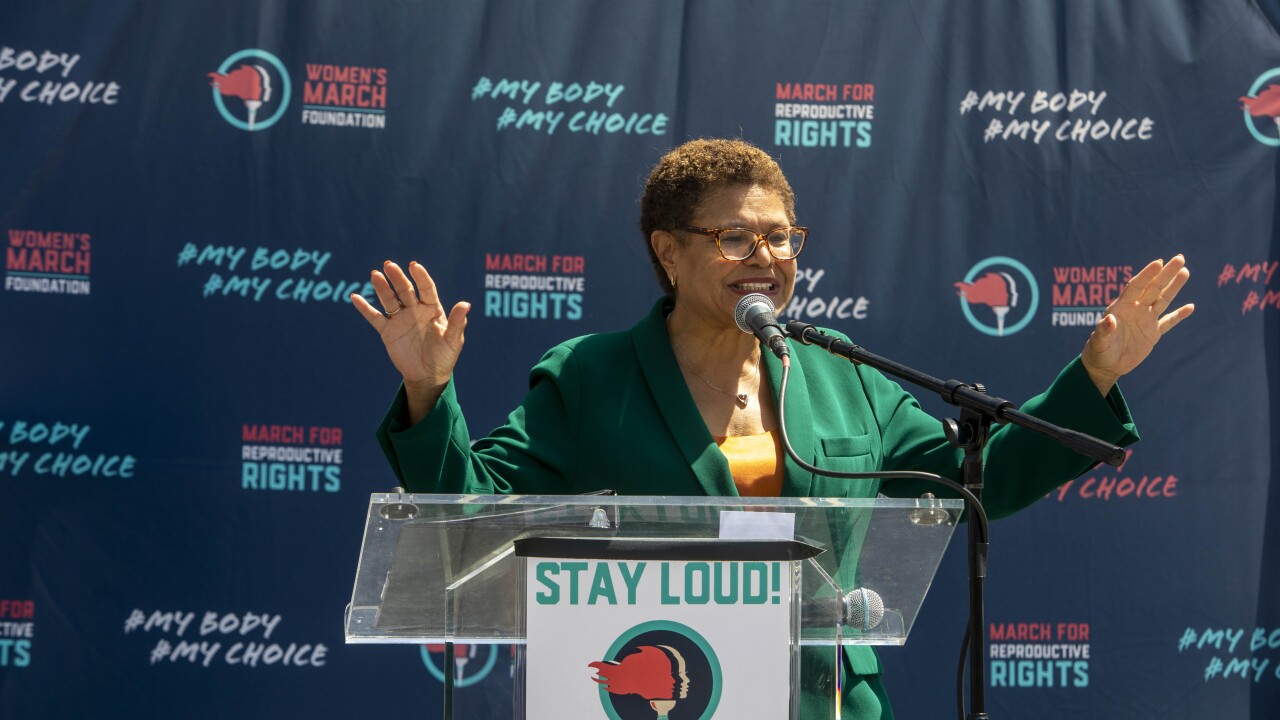U.S. public pensions are $4.6 trillion short of the amount of assets needed to cover projected liabilities, an advocacy group said. That’s more than twice what Moody’s Investors Service estimated this month.
The average plan is 41 percent funded, State Budget Solutions said in a report today. The Alexandria, Virginia, group’s partners include the American Legislative Exchange Council, which advocates “conservative public policy solutions,” the Freedom Foundation and the State Policy Network, which is composed of “free-market think tanks.”
State Budget Solutions said that taxpayers must make up the difference between investment performance and promised benefits. The group, using its report to advocate pension cuts, called the gap “a hole that will overtake local and state governments.”
“Without government actions, states, counties, cities and towns all over America will go bankrupt,” Bob Williams, president of State Budget Solutions, said in the release. “Failing to understand the scope of the pension crisis sets taxpayers up for a bigger catastrophe in the future.”
Pension projections differ because of varying assumptions. State Budget Solutions said its liability figure is higher than others published recently because funds’ calculations depend on “politicians’ guesses.”
Happy Thoughts
Public pensions have relied on investment return assumptions averaging 8 percent, a level that Fitch Ratings said today is “optimistic.”
The California Public Employees Retirement System’s report this week of a 1 percent return for the fiscal year ended June 30 was “well below” the 7.5 percent return the system uses to calculate its condition, Fitch said.
“Continued weak performance of pensions’ investment portfolios is likely to underscore the need for additional changes to benefits, contribution policies and assumptions including the investment-return assumption,” Fitch said.
Moody’s, which rates debt in the $3.7 trillion municipal market, said in a July 2 report that unfunded liabilities of state and local pensions are $2 trillion, which it said was three times the total reported by governments.
State Budget Solutions said its calculations, based on “fair market value and risk-free investment returns,” were done by Andrew Biggs, a former principal deputy commissioner for the Social Security Administration, who is now a resident scholar at the Washington-based American Enterprise Institute, which advocates free enterprise.
Budget cuts in Washington may put added pressure on state governments already strained by employee pensions and rising health-care costs, a group of former government officials led by former Federal Reserve Chairman Paul Volcker said a separate report yesterday. That report put unfunded pension liabilities at $3 trillion.





